Reformatting Documenta with lumbung Formula: documenta fifteen

When we critically decode the Ramayana, also known as the Ramakien in its Thai language version, we see how certain politics or systems of governance are being perpetuated, how the modern nation-state produces its own desire while suppressing that of the people. Anyone who refuses to adopt these desires will be vilified or labeled as ‘ungrateful’ to the nation. But what lies behind most people’s willingness to reject their personal desires in favour of the nation’s, or to accept the so-called ‘collective memories’ force-fed by society? This is a question we have yet to answer and that requires further debate.
Keywords: politics, Ramakien, King of the gods, Thai-ness
The Ramakien: The roles appropriated by the ruling class
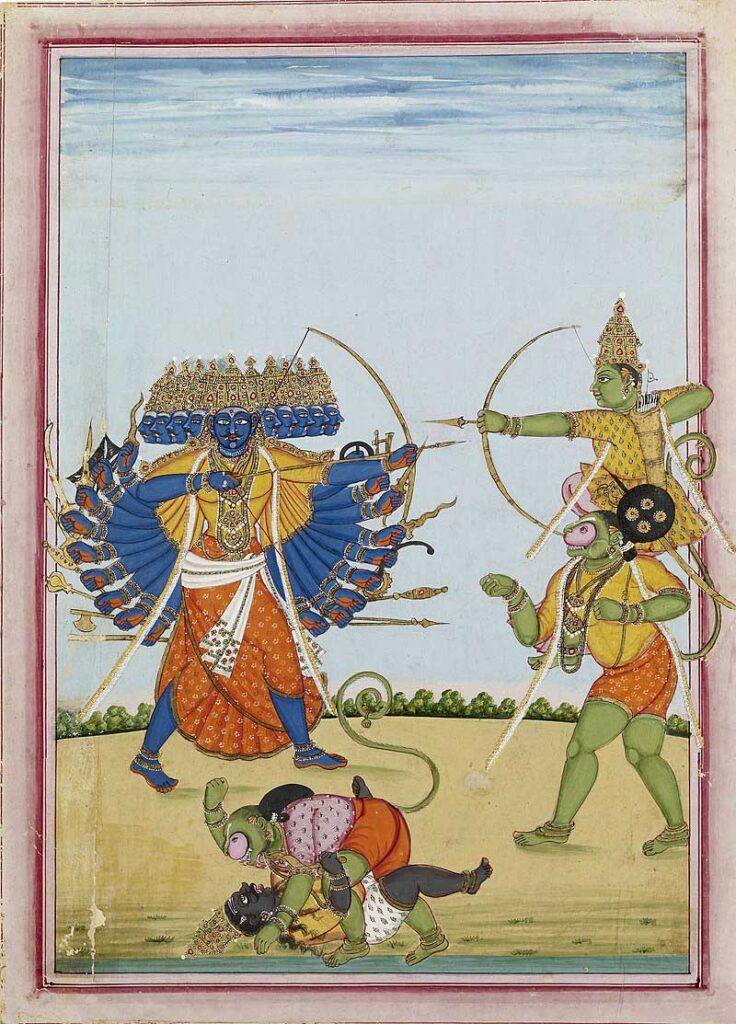
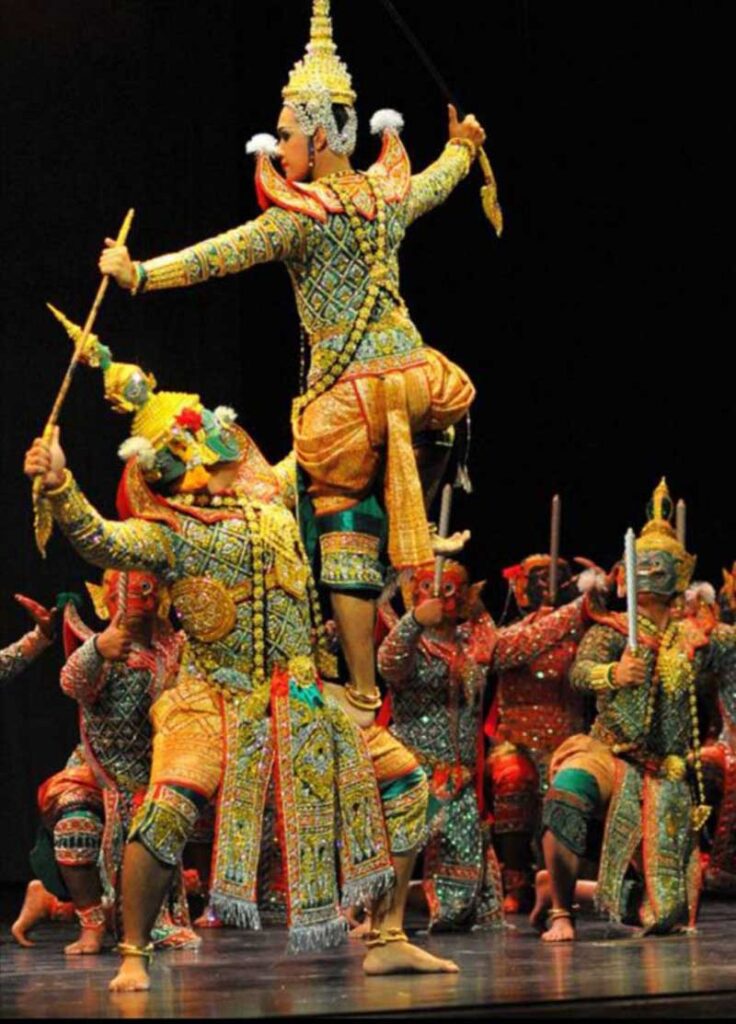

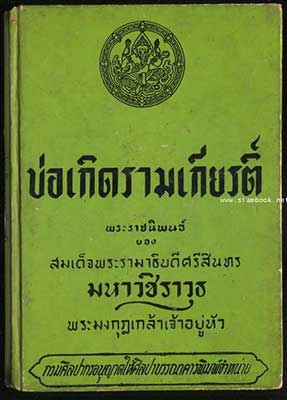
The King Rama I’s version of Ramakien, the King Rama IV’s version of Ramakien. Images via
http://www.burapasarnbook.com/product/26/บทละครเรื่องรามเกียรติ์-1-4 , https://images.app.goo.gl/qZKi4bsFUZRdRUK47
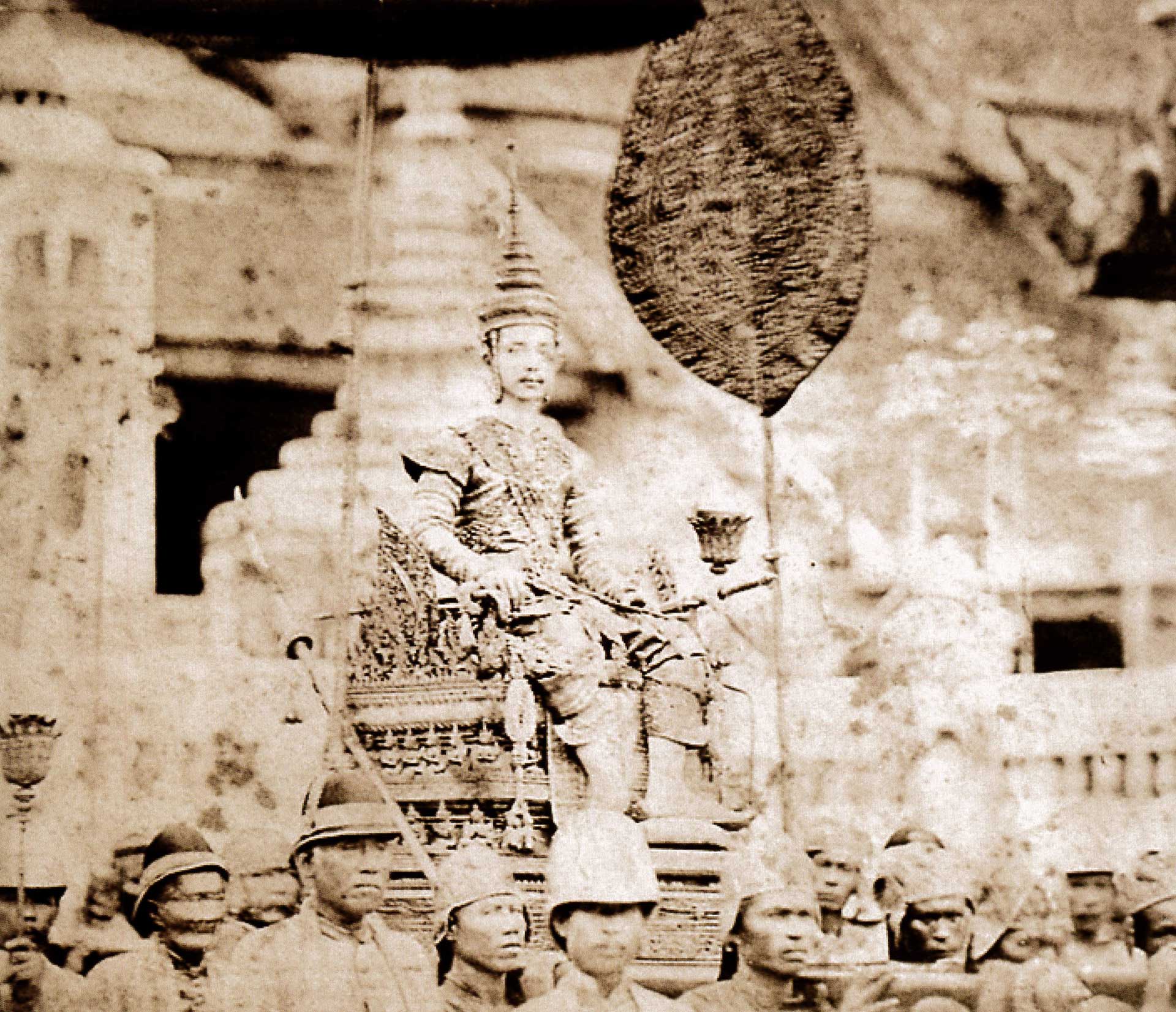
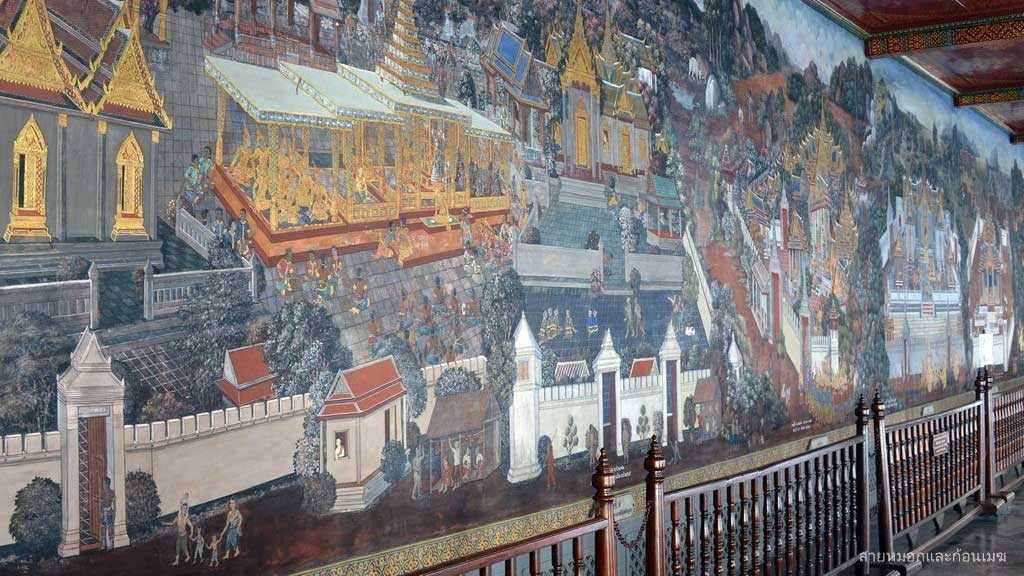
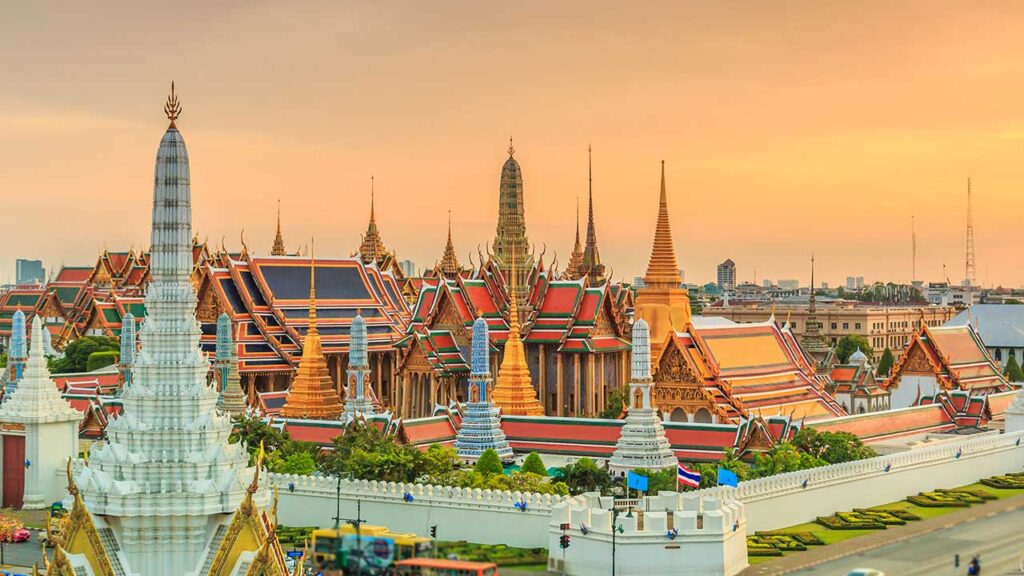
Image via: https://www.thairath.co.th/news/local/bangkok/1862134 https://www.bloggang.com/m/viewdiary.php?id=morkmek&month=02-2019&date=18&group=3&gblog=360
Share
Author
Jiandyin, collaborative interdisciplinary duo artists and curators, Pornpilai Meemalai, obtained an MA degree from School of Arts and Humanities, Royal College of Art, UK, Jiradej Meemalai, obtained an MFA degree in Sculpture from Silpakorn University, Thailand. They currently live and work in Ratchaburi, Thailand. They have been developing work that approach through artistic research, field work, genealogically layered with references to multiple sources and evidence, forms and matters upon a wide range of disciplines and mediums, with collaboration and social engagement. jiandyin are interested in creating space/platform or situation to analyze relationships between man and society in relation to context and history of the place and space. They delve into complex, ambiguous universal and specific issues regarding the political conflict or effect on marginalized groups which is a paradox of nation-state.
Sponsor



